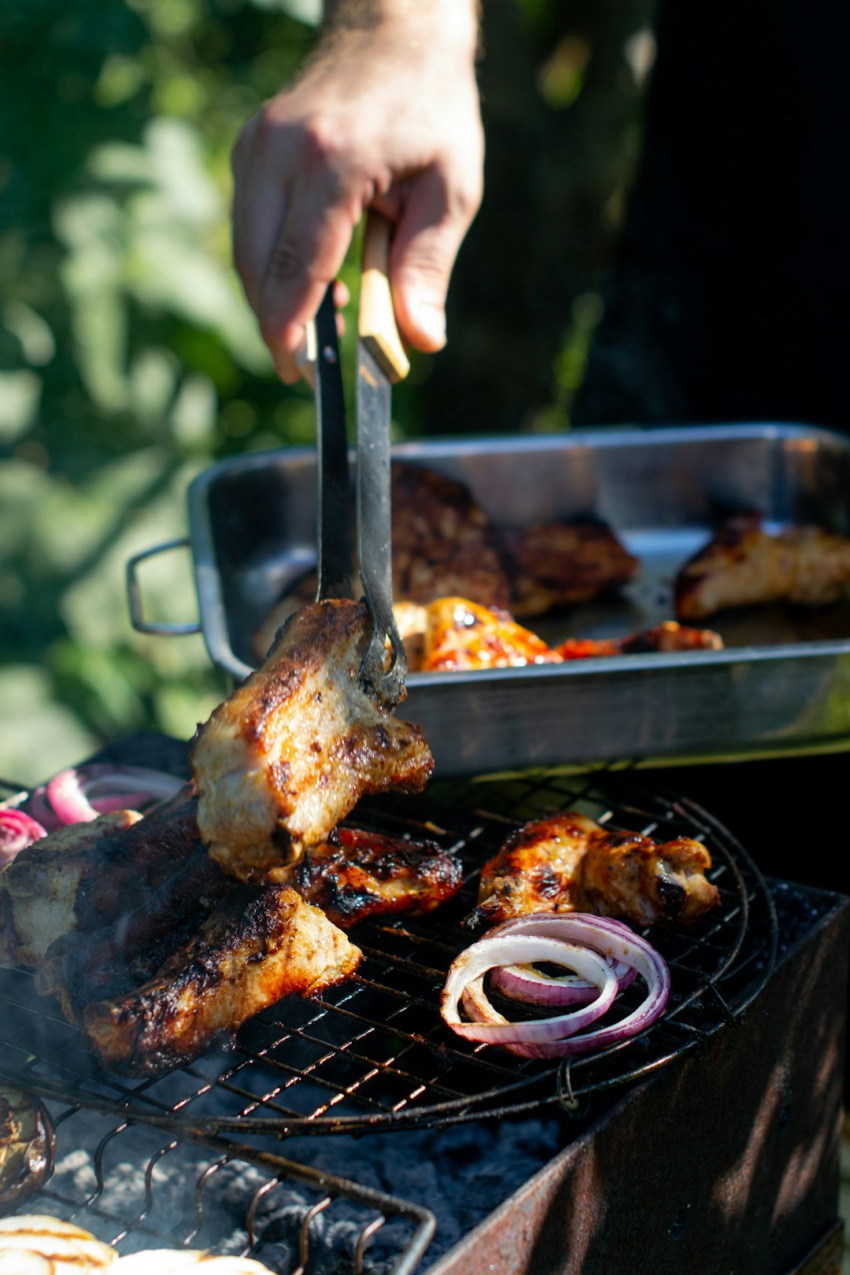Selecting the right cut of pork ribs (baby back for smaller groups, spare ribs for larger crowds) is key to a successful pork BBQ recipe. Marinate with a spice rub and liquid mix overnight, then cook slowly at low temps using an oven, smoker, or grill to achieve tender, juicy results.
Unleash your inner BBQ guru with these mouthwatering fall-off-the-bone pork ribs! This ultimate guide takes you on a journey from choosing the perfect cuts of meat to mastering the art of marinating and cooking techniques. Learn how to create a tantalizing barbecue glaze that’ll have your folks licking their bones clean. Discover the secrets to crafting the perfect pork BBQ recipe, ensuring every bite is an explosion of flavor. Get ready to impress!
- Choosing the Perfect Pork Ribs for Your BBQ Recipe
- The Art of Marinating: A Step-by-Step Guide
- Cooking Techniques to Achieve Fall-Off-the-Bone Ribs
Choosing the Perfect Pork Ribs for Your BBQ Recipe
When it comes to crafting the perfect fall-off-the-bone pork ribs, the first step begins with selecting the right cut. Look for pork ribs that are meaty and have a good marbling of fat—this ensures they’ll remain juicy and tender during the slow cooking process. The most common rib cuts include baby back and spare ribs, each offering unique characteristics. Baby back ribs are smaller, with less bone and more meat, making them ideal for individuals or smaller gatherings. Spare ribs, on the other hand, are larger, featuring more bones and a hearty flavor that’s perfect for feeding a crowd.
Choosing the right pork for your BBQ recipe is key to achieving mouthwatering results. Opting for high-quality, well-marbled cuts ensures that your ribs will be succulent and delicious. Remember, slow cooking is the secret to tender ribs, so selecting the appropriate cut tailored to your desired outcome will take your pork BBQ recipe to new levels of delectable perfection.
The Art of Marinating: A Step-by-Step Guide
Marinating is a key step in creating fall-off-the-bone pork ribs with barbecue glaze, transforming tough cuts of meat into tender, juicy delights. The process involves submerging your ribs in a mixture of flavorful ingredients that penetrate the meat’s fibers, enhancing its overall taste and texture. Start by mixing together your favorite dry rub spices – think brown sugar, paprika, garlic powder, salt, and pepper – to create a base for your marinade. Next, whisk in some olive oil or melted butter to help the spices adhere to the ribs. For added depth of flavor, incorporate liquid ingredients such as soy sauce, apple cider vinegar, or even beer, which not only tenderizes the meat but also adds complexity to your glaze.
Once your marinade is ready, place the ribs in a large zip-top bag or non-reactive container. Ensure every inch of the ribs is coated before sealing and refrigerating for several hours – ideally overnight – allowing flavors to penetrate deeply. This step is crucial for achieving tender, succulent pork ribs that literally fall off the bone with each bite. When ready to cook, remove the ribs from the marinade, scraping off any excess, and proceed with your preferred cooking method – whether it’s slow-roasting in an oven or grilling over direct heat – basting them regularly with the remaining glaze for a sticky, delicious finish.
Cooking Techniques to Achieve Fall-Off-the-Bone Ribs
Achieving fall-off-the-bone pork ribs starts with understanding the art of slow cooking. The key lies in a combination of moist heat and direct heat application. Begin by dry-brining the ribs overnight to enhance their natural flavors. This simple step ensures the meat remains tender and juicy throughout the cooking process. After brining, rub the ribs generously with your favorite spice mix, focusing on creating a flavorful crust.
Cooking techniques such as slow roasting or smoking at low temperatures are ideal for transforming tough rib meat into something tender and delectable. Slow cooking allows the collagen in the bones to break down, resulting in ribs that literally fall off the bone. Whether you’re using a traditional oven, smoker, or grill, maintaining a consistent temperature is crucial. This steady heat gradually softens the connective tissues, making your pork bbq recipe a delicious success.
